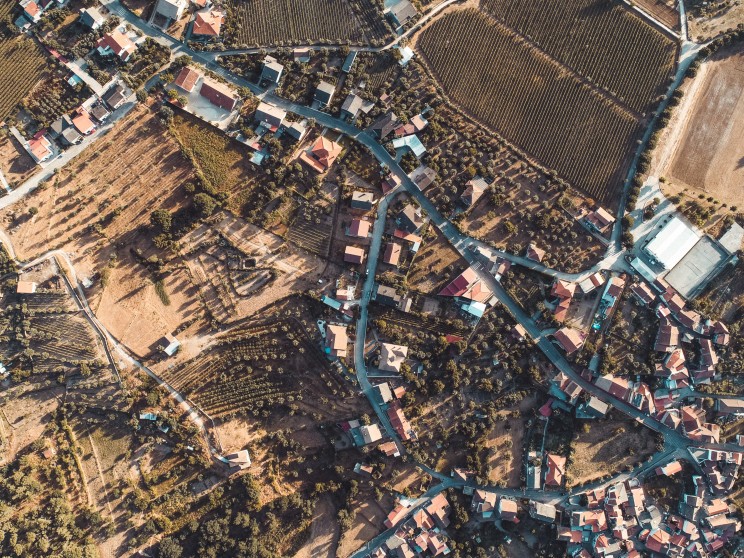
The COVID-19 pandemic has been awakening a new interest in areas of Portugal that are less densely populated. And there is now good news for those who are thinking of changing their lives and replacing life in the city with less urban areas. The government wants to attract more citizens to the interior regions of the country and has set up a support programme for that purpose. It has already made available a guide that summarises all the benefits available in these territories, from tax support for families, businesses and investment, but also support for forestry sector. Let's have a look at a summary of the scheme, looking at all the essentials found in the "Guia Fiscal do Interior" (Interior Tax Guide) published on the Portuguese Government's website, for those who may be considering a new future in the Portuguese countryside post-COVID-19.
For families transferring their permanent residence to these areas, an increase in the limit on IRS income tax deductions for 3 years is planned. Among the incentives for small and medium sized businesses (PME), the following should also be highlighted: a reduced IRC (corporation tax) rate of 12.5% for the first 25,000 euros of taxable income, an incentive to reinvest profits through a 20% increase in the benefits provided for under the "Dedução por Lucros Retidos e Reinvestidos - DLRR" (deduction for retained and reinvested profits) scheme and more favourable tax conditions for attracting investment through higher IRC deductions.
The support also provides for IMT property transfer tax and IMI municipal property tax exemptions for properties located in forest areas and an increase in expenses (in IRC and IRS) for maintenance and protection of forest areas, among others. This is as well as incentives for students enrolled in inland educational institutions, namely through the accounting of rent as education expenses and increasing education spending.
This Tax Guide for the Inland regions of Portugal was prepared by the Secretary of State for the Enhancement of the Interior (Estado da Valorização do Interior) and by the Secretary of State for Tax Affairs (Estado dos Assuntos Fiscais), with the support of the Tax and Customs Authority (AT). The full version of the document is available in Portuguese here.
Help also for those who want to live by the beach
When the government presented this public aid plan for the inland regions, the Minister for Territorial Cohesion, Ana Abrunhosa, reminded us that it will not be necessary to go as far as the border to take advantage of them. This is because there are several places, and even locations near the beach, covered by this support.
At the time, the governor gave the example of Setúbal and many beaches on the Alentejo coast, where a family can settle in order to benefit from these various non-refundable subsidies for the territories of the interior of the country.
Ana Abrunhosa even pointed out that these inland regions are "a socio-economic rather than a geographical concept". The map of the interior covers the overwhelming majority of mainland Portugal by including 165 municipalities plus 73 parishes of another 21 municipalities, but only accounts for 20% of the population.